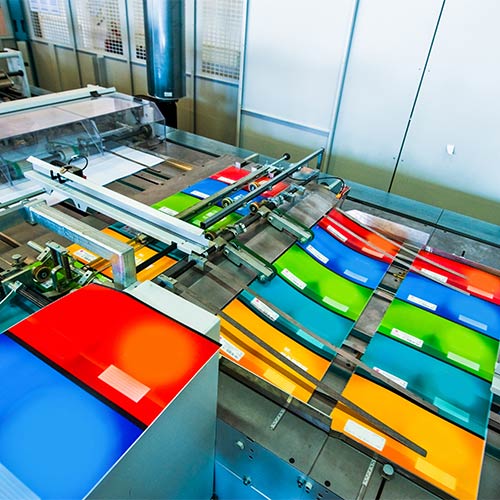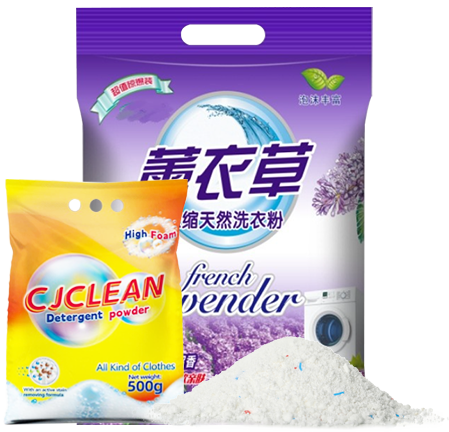Bienvenue sur mon blog !
Avant de plonger dans le vif du sujet, n'hésitez pas à me rejoindre sur mes réseaux sociaux où je partage mes idées, échange avec la communauté et publie des mises à jour. Voici comment me contacter :
Facebook:https://www.facebook.com/profile.php?id=61573740643310
Commençons maintenant notre voyage ensemble. J'espère que vous trouverez ce contenu instructif, captivant et utile.
Table des matières
Introduction

Have you ever pulled a bag of frozen vegetables or meats out of the freezer only to find frostbite, a failed seal, or wet packaging? If so, you’re not alone – it’s not just frustrating. It’s a clear sign of poor packaging quality. Frozen food bag quality is never just about the details of production; it’s directly related to the heart of product safety, shelf stability, consumer satisfaction and even environmental impact.
In the white-hot competition in the frozen food industry, packaging has long exceeded the simple container function. It is a solid barrier to protect the food, a silent spokesperson for the brand image, and a solemn promise of safety and freshness to consumers. This blog will delve into the importance of frozen food bag quality and reveal how investing in the right materials and advanced technology can significantly enhance your product’s standing with consumers and retailers.
The Role of High-Quality Frozen Food Packaging Bags
What Does “Quality” Really Mean in Frozen Food Packaging Bags?
Quality packaging is about far more than looks. When we say “quality,” we’re talking about material durability, sealing integrity, temperature resistance, moisture and vapor barrier properties, and the ability to withstand cold-chain logistics. Whether your product is vegetables, seafood, ready meals, or desserts, the demands on the packaging are serious.
Poor-quality packaging results in:
- Freezer burn
- Broken seals
- Contamination risks
- Reduced shelf life
- Customer dissatisfaction
High-quality packaging ensures that products stay intact, clean, fresh, and market-ready throughout storage and transport.
How Packaging Protects More Than Just the Food
Frozen food packaging bags act as a critical defense layer. When food is frozen, it’s especially sensitive to moisture migration, temperature fluctuations, and light exposure. Quality packaging helps prevent oxidation and the buildup of ice crystals, both of which can degrade texture and taste.
Moreover, these bags provide physical protection. From loading docks to retail shelves to household freezers, the journey of a frozen product is rough. Sturdy, puncture-resistant packaging ensures that food arrives in excellent condition.
Key Features of a High-Quality Frozen Food Packaging Bag
Not all bags are created equal. The performance of a frozen food bag relies on a combination of technical specifications and materials science.
Here are the essential features that define a high-quality frozen food packaging bag:
| Feature | Description |
|---|---|
| Barrier Protection | Blocks oxygen, moisture, and odors. Helps preserve food quality and prevent spoilage. |
| Seal Strength | Heat-sealable, tamper-evident closures to keep contaminants out and freshness in. |
| Cold Temperature Durability | Withstands freezing without cracking, becoming brittle, or losing seal integrity. |
| Multi-layer Structure | Often uses laminates like PE/PET/NY to combine strength, flexibility, and performance. |
| Print Compatibility | Supports clear, attractive branding and labeling that doesn’t fade or smudge under low temperatures. |
| Recyclability or Eco-Friendly Materials | Some modern bags are made using recyclable or biodegradable layers, responding to consumer demand for sustainable options. |
Each of these elements contributes to why frozen food packaging bag quality matters — it’s not just one feature, but how all the components work together under freezing and transport conditions.
Material Choices and Their Impact on Packaging Performance
Common Materials Used in Frozen Food Packaging Bags
- Polyethylene (PE): Highly flexible and great for heat sealing. Often used in inner layers.
- Polyethylene Terephthalate (PET): Excellent for printability and toughness.
- Nylon (NY): Provides puncture resistance.
- Metalized Films (e.g., MPET): Adds barrier properties against light and oxygen.
Choosing the right combination of materials is essential depending on the product type — for instance, frozen meats require a different barrier system than frozen fruits.
Why Laminated Structures Work Best
Multi-layer (laminated) bags bring together the best of multiple materials. You might see a combination like PET/NY/PE. Here’s why this matters:
- PET offers mechanical strength and high clarity.
- NY provides excellent barrier and puncture resistance.
- PE ensures flexibility and seal strength.
Together, they deliver a packaging bag that can survive deep-freezing, transport, and end-consumer handling.
Brand Trust, Compliance, and Consumer Expectations
Why Frozen Food Packaging Bag Quality Matters to Retailers and Consumers
Retailers want products that stay shelf-ready without damage. Consumers want convenience, safety, and food that looks and tastes as it should. Poor packaging undermines both.
Consumer expectations include:
- Ease of use (resealable zippers, tear notches)
- Clean design (clear product visibility or vibrant prints)
- Sustainability (recyclable or compostable options)
- Assurance of freshness (no frost, intact seal)
Meeting Global Food Safety Standards
Quality frozen food packaging isn’t just about consumer appeal — it’s also a regulatory requirement. Poor packaging can lead to contamination and recalls.
A well-made packaging bag should comply with:
- FDA or food contact safety standards
- BPA-free material requirements
- Migration testing standards
- Traceability for supply chain audits
Sustainability and Innovation in Frozen Food Packaging


How Quality and Sustainability Can Coexist
You don’t need to compromise quality to be eco-friendly. Innovations in biodegradable films, recyclable mono-materials, and reduced-layer laminates are transforming the packaging landscape.
Today’s best frozen food packaging options combine:
- High performance (barrier, strength, flexibility)
- Lower environmental impact (less material use, recyclable layers)
- Brand value (sustainable choices attract conscious consumers)
Trends Shaping the Future
- Mono-material flexible packaging: Easier to recycle
- Bio-based plastics: Sourced from renewable raw materials
- Active packaging: Absorbs oxygen or moisture within the bag to enhance shelf life
Companies that prioritize packaging quality and sustainability are building stronger reputations and customer loyalty in a crowded market.
Conclusion
At every stage — from manufacturing to freezer storage to your dinner plate — the quality of your frozen food packaging bag plays a critical role. It ensures safety, preserves taste and texture, boosts brand trust, meets regulatory standards, and contributes to sustainability.
If you’ve ever wondered why frozen food packaging bag quality matters, the answer is simple: because everything else depends on it. Investing in the right packaging solution isn’t a cost — it’s an opportunity to elevate your brand and product value.
FAQ
What happens if frozen food packaging is low quality?
Low-quality bags may tear, allow moisture in, and lead to freezer burn. This compromises product quality, safety, and shelf life.
Are recyclable frozen food bags available?
Yes, many suppliers now offer recyclable or mono-material frozen food packaging bags that retain high barrier and sealing performance.
What materials are best for frozen food packaging?
A laminated structure combining PET, NY, and PE is commonly used due to its strength, flexibility, and barrier protection.
Does packaging affect the shelf life of frozen foods?
Absolutely. The packaging determines how well the product is protected from air, moisture, and contamination, directly impacting shelf life.
Can custom packaging designs maintain quality?
Yes, with the right structure and materials, even highly customized packaging can meet all durability and safety requirements.

